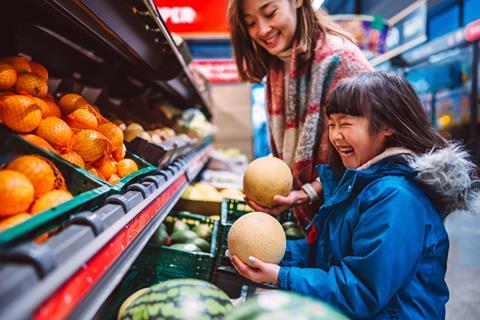
It’s been a great year for sales of fresh fruit, fresh veg and fresh salad sales in the supermarkets. All three categories are up multiple basis points in volume.
But behind the scenes it’s been anything but easy, with extreme weather conditions a major obstacle across UK and import supply.
“Several severe storms caused flooding, which made outdoor growing conditions challenging and the physical harvesting of crops extremely difficult,” says Iain Hughes, senior category marketing manager at Fresca. “Inevitably, crop availability has been lower and prices have been higher.”
He’s not wrong: potatoes are 7.6% pricier per unit, and carrots are up 12%. Nevertheless, they’ve both achieved volume growth, of 4.3% and 4% respectively. Onions have added units too – by 5.4% despite a 6.7% rise in average price.
The gains have been driven by aggressive in-store marketing, suggests Lisa Rees, NIQ retailer services team leader. “UK-sourced products are still being heavily promoted by retailers, feeding into the farm to fork, sustainable and mindful eating ethos,” she says.
Mushrooms, however, have lost out. They’ve kept price rises to a modest 0.9% but volumes dipped 0.4% due to patchy supply. That makes them a “rare top-ranking under-performer”, adds NIQ’s Rees.
It’s another example of weather putting a strain on supply. “Straw supplies, the basis for the substrate to grow the mushrooms, is becoming more erratic as increased rainfall affects grain production,” explains a spokesperson for European Mushrooms.
Climate change hurts fruit suppliers
While all root vegetables grown in the UK have been affected by the weather, performance of some has also been affected by changing consumer tastes. Younger Brits are moving away from parsnip, pumpkin and swede. They’re down a combined 6.4 million units.
Meanwhile, the climate crisis is not confined to the UK. Extreme weather overseas has put a strain on fruit supplies across the globe. Oranges, for instance, have lost 5.6 million units, clementines are down 4.1 million and mangoes have shed 13.4 million units. “Supply impacted by a diverse range of weather factors – heatwaves, drought and cold snaps – have re-enforced a decline in popularity,” says Rees.
Not all fruit from overseas has suffered, though. Bananas are fruit’s biggest hit in absolute volume terms, seeing an extra 68.1 million units go through tills as average retail price fell. The fruit is “a key footfall driver and benchmarked category”, says John Hopkins, UK MD at Fyffes.
Its performance means “opportunities for growth lie in increasing frequency” via new stores, new eating occasions and inspiring consumers to trade up to organic, he adds.
Fyffes is also seeing success for pineapples, which are up 12.5% in volumes. But not all get eaten, says Hopkins. A lack of understanding on how to prepare the fruit means it is “often left in the fruit bowl to go overripe”. And that risks damaging repeat purchase rates.
Fyffes is “actively working on a number of projects to educate customers, make preparation easier and add some fresh excitement to the category”, he adds.
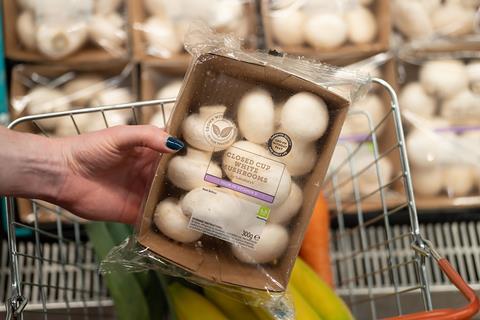
Brits need no such lessons when it comes to berries. In the past 12 months, they’ve bought 63.3 million more packs of strawberries, blueberries, raspberries and blackberries – a combined £240.2m gain – as 84% of UK households bought berries last year, buying them on average 20 times, says Driscoll’s.
Prices have increased across the subcategory, but shoppers are happy to pay due to the high quality of the fruit, says James Crook, UK sales director at Driscoll’s. “Consumer experience is the way to drive consumption even when economics are challenging.”
But “unseasonal and unpredictable weather for imported and UK sources penalised yield and brought uncertainty, often leading to high peak-to-trough ratios and irregular supply,” he adds.
Harsh weather has been a key factor in the performance of apples and pears too. Volumes are down 0.6% and 5.3% respectively as prices have risen by 7.7% and 10.3%.
The rain has “made it difficult for growers to get into the orchards to do the work they need to do”, says Ali Capper, executive chair of British Apples & Pears.
For glasshouse-grown produce, the biggest issue has been energy costs. But salad sales across the board have had a good year with every variety in growth across value and volume, and overall up 9.9% value and 4.5% in volume. Avocado was the big winner, seeing value and volume growth of over 17%. Only cress grew more significantly, up 44% in value this year, but from a lower base. Tomatoes also topped £1bn, seeing an increase of 8% compared to last year, with volumes up 3.2%. And sales of cucumbers have grown 17.9% in value and 3.3% in volume, driven by a significant price increase of 14%. Lee Stiles, secretary of the Lea Valley Growers Association, says this is likely to continue as “supermarkets have already agreed a sustainable price” for 2025.
Top Launch 2024
Unbeleafable Zesty Baby Leaves | GrowUp
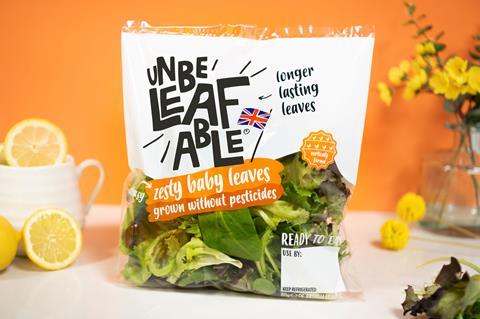
In a category that struggles with innovation, vertically farmed salad continues to lead the charge, thanks to the likes of GrowUp Farms. The vertical farm operator launched Unbeleafable Zesty Baby Leaves in May (rsp: £1.50/80g), rolling it into Tesco. A mix of sorrel and green and red baby lettuce leaves, it’s unique in the UK market, claims the supplier. The sorrel provides “tangy, citrussy flavours, which really pack a powerful, flavoursome punch”, GrowUp adds.
Read more: Fresh - fruit & veg 2023: Perfect storm of challenges hits UK fruit
The Big Book of Grocery: Top Products Survey 2024
- 1
- 2
- 3
- 4
- 5
- 6
- 7
- 8
- 9
- 10
- 11
- 12
- 13
- 14
- 15
- 16
- 17
- 18
- 19
- 20
- 21
 Currently reading
Currently readingFresh - fruit & veg 2024: value sales defy weather woe
- 22
- 23
- 24
- 25
- 26
- 27
- 28
- 29
- 30
- 31
- 32
- 33
- 34
- 35
- 36
- 37
- 38
- 39
- 40
- 41
- 42
- 43
- 44
- 45
- 46
- 47




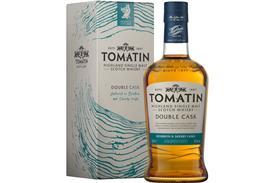
















































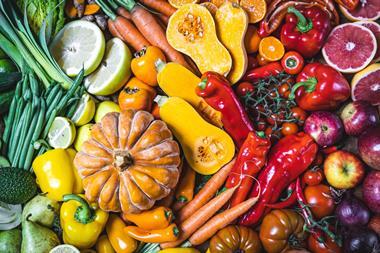
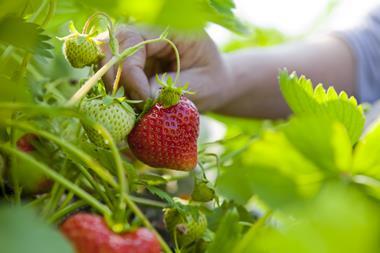
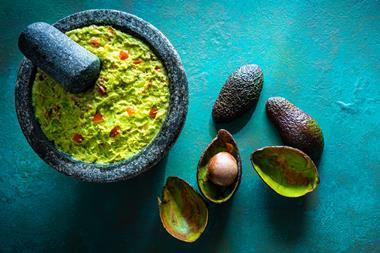


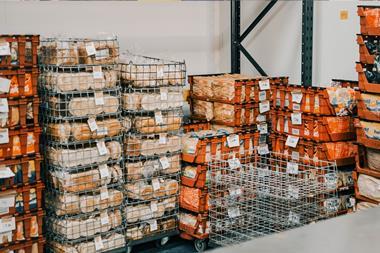
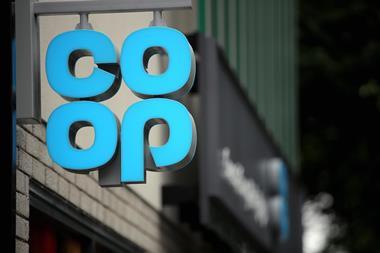
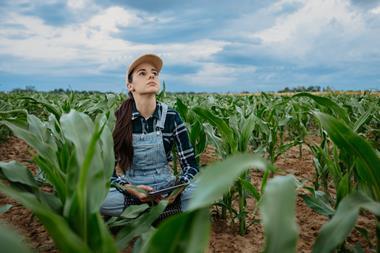
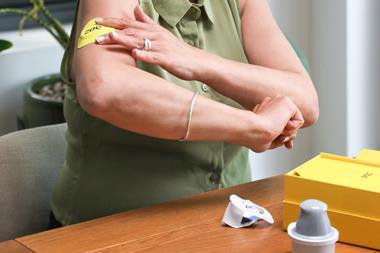


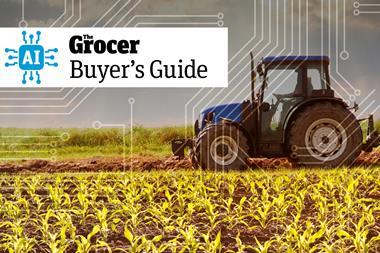
No comments yet